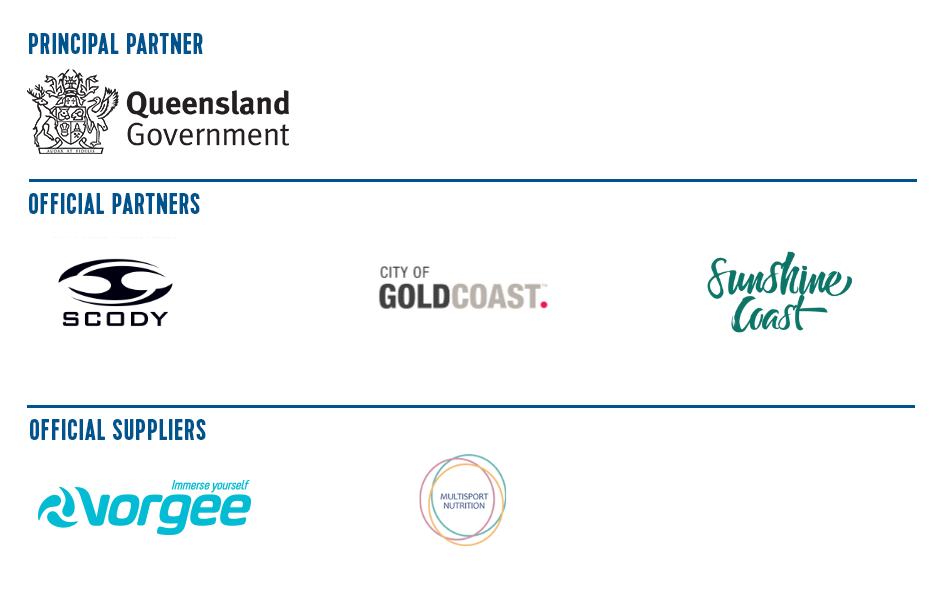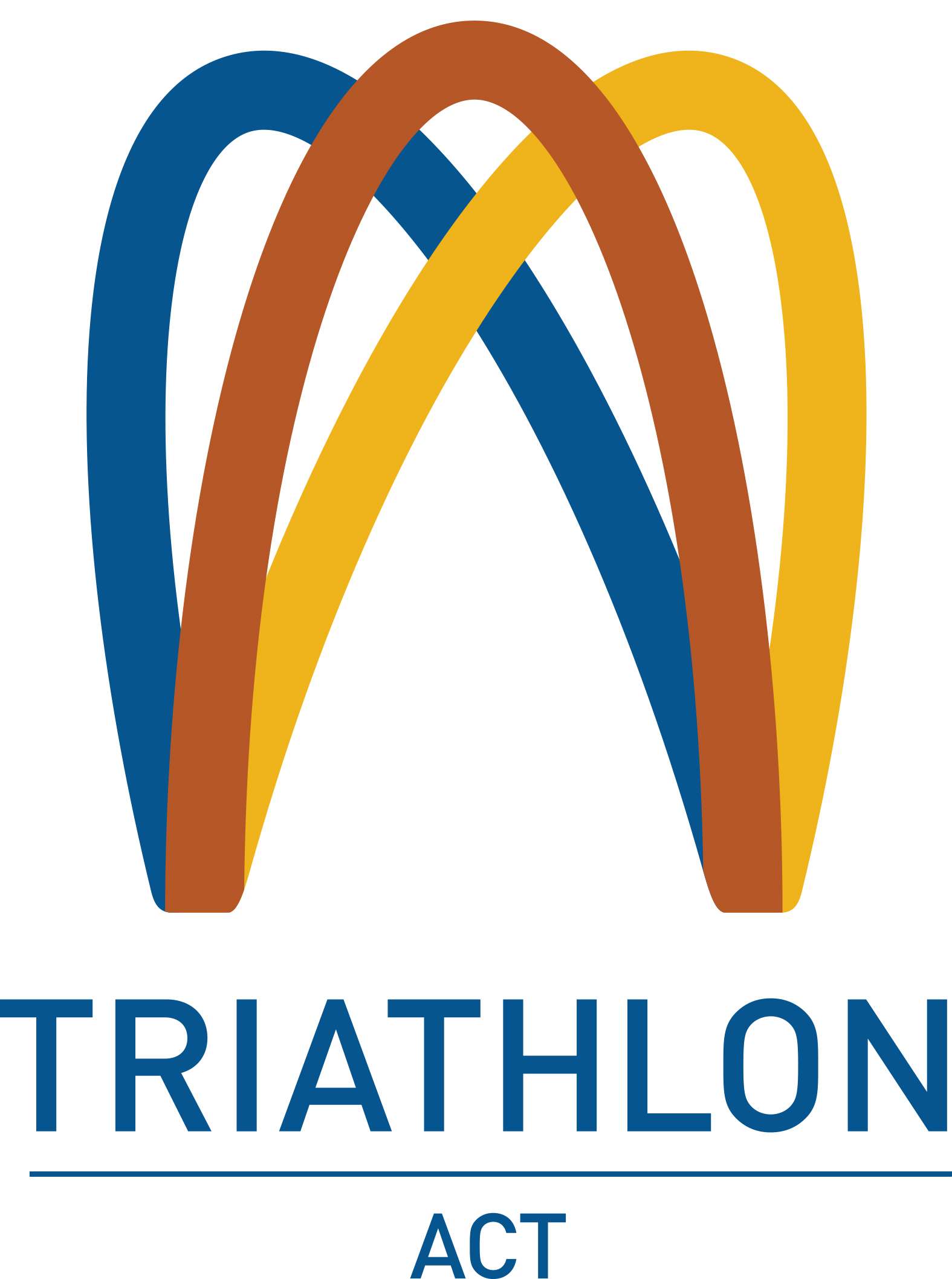1. Bicycles are vehicles too
As a motorist, you may think that cyclists are too small or too slow to worry about. But, bicycles are legally recognised as a vehicle on the road, meaning cyclists enjoy the same rights to use public roads as other road users.
Bicycle riders also bear the same responsibilities that come with using a public road and must obey all general road rules in addition to some road rules that apply solely to them. And yes, if they break these rules, they pay fines for breaking the rules too.
Yet despite their vehicle status cyclists will always remain a vulnerable road user group. A bicycle is not surrounded by metal, and it doesn’t have a seat belt or airbags. Please apply the road rules when you see cyclists, particularly giving way at intersections and following at a safe distance behind them.
2. Don’t get too close
Cyclists need space! Getting too close to someone on a bike can quickly turn into a nasty accident, with the rider often coming off second best. Each state varies in the minimum passing distance motorists must give when passing a cyclist.
For example in Queensland, New South Wales, Tasmania and South Australia the law requires motorists to give a cyclist at least 1m distance when overtaking them at a speed under 60km/hr. The rest of Australia is either trialling the 'metre rule' or provides guidelines around giving cyclists more space, but a general rule thumb is to travel within a safe distance from bicycles so as not to cause an accident.
Before venturing out on the road next time, be sure to check out your State’s road rules regarding minimum passing distances. For more information, visit:
• Australian Capital Territory: Safer Cycling Reforms
• New South Wales: Go Together
• Queensland: Stay wider of the rider
• South Australia: Cycling Laws
• Tasmania: Distance makes the difference
• Victoria: Bike riders and sharing the road
• Northern Territory: Bicycle Safety
• Western Australia: Sharing paths and roads
3. Don’t get 'two' upset
Now we know this is a sore point, but two cyclists are allowed to ride next to each other on Australia’s public roads. However, if cyclists do this, they must ensure they’re not further than 1.5m apart.
If you want to overtake a pair of cyclists, you’ll have to ensure you are keeping the minimum safe distance from the rider on the right.
4. Turn left with care
If you’re travelling behind a cyclist and intending to turn left at an approaching intersection, don’t attempt to quickly overtake before you make the turn. Such a manoeuvre can cause the cyclist to be 'cut off' and is a major cause of accidents. Please be patient, wait for the intersection, and turn left behind the rider.
If you’re intending to turn left but see no cyclist ahead, you must still be careful – there could be a cyclist behind the vehicle. Cyclists’ position on the left hand side of the road sometimes means they’re in a driver’s blind spot. So before turning left, make sure you take the time to check your blind spots.
5. Overtake with care
If you ever feel like you’re stuck behind a cyclist, there’s no need to be frustrated or act like you’ve been trapped. In Queensland, South Australia, New South Wales, Tasmania, and the ACT, road rules state that provided there’s no oncoming traffic or other safety concerns, motorists can cross the centre lines on a public road in order to overtake a cyclist.
Drivers are even allowed to cross double unbroken centre lines or drive across a painted island if it’s safe to do so. For Victorian and Northern Territory drivers, these exceptions do not apply and the same road rules apply to overtaking cyclists as they do to other vehicles.
Even if you’re not crossing the lines, when overtaking a cyclist it’s always important you indicate in any circumstance where you’re changing the direction of the vehicle on the road. You must make an initial indication to the right which should be long enough to notify other vehicles you’re going to turn. Once you’ve overtaken the cyclist, you must then indicate left to show that you’re returning to your original position on the road.
Credit: Maurice Blackburn










